Get a custom course package
We may not have any package deals available including this course. If you enquire or give us a call on +1 6474932992 and speak to our training experts, we should be able to help you with your requirements.
Module 1: How to Build Your First Model-Driven App with Dataverse
Module 2: Get Started with Model-Driven Apps in Power Apps
Module 3: Manage Tables in Dataverse
Module 4: Create and Manage Columns Within a Table in Dataverse
Module 5: Working with Choices in Dataverse
Module 6: Create a Relationship Between Tables in Dataverse
Module 7: Define and Create Business Rules in Dataverse
Module 8: Create and Define Calculation or Rollup Columns in Dataverse
Module 9: Get Started with Security Roles in Dataverse
Module 10: Get Started with Power Apps Canvas Apps
Module 11: Customise a Canvas App in Power Apps
Module 12: Manage Apps in Power Apps
Module 13: Navigation in a Canvas App in Power Apps
Module 14: How to Build the UI in a Canvas App in Power Apps
Module 15: Use and Understand Controls in a Canvas App in Power Apps
Module 16: Document and Test Your Power Apps Application
Module 17: Use Imperative Development Techniques for Canvas Apps in Power Apps
Module 18: Create Formulas That Use Tables, Records, and Collections in a Canvas App in Power Apps
Module 19: Perform Custom Updates in a Power Apps Canvas App
Module 20: Complete Testing and Performance Checks in a Power Apps Canvas App
Module 21: Work with Relational Data in a Power Apps Canvas App
Module 22: Work with Data Source Limits (Delegation Limits) in a Power Apps Canvas App
Module 23: Connect to Other Data in a Power Apps Canvas App
Module 24: Use Custom Connectors in a Power Apps Canvas App
Module 25: Get Started with Power Automate
Module 26: Build Approval Flows with Power Automate
Module 27: Introduction to Expressions in Power Automate
Module 28: Introduction to Microsoft Power Platform Developer Resources
Module 29: Use Developer Tools to Extend Microsoft Power Platform
Module 30: Introduction to Extending Microsoft Power Platform
Module 31: Introduction to Dataverse for Developers
Module 32: Extend Plug-ins
Module 33: Performing Common Actions with Client Script
Module 34: Automate Business Process Flows with Client Script
Module 35: Get Started with Power Apps Component Framework
Module 36: Build a Power Apps Component
Module 37: Use Advanced Features with Power Apps Component Framework
Module 38: Work with Dataverse Web API
Module 39: Integrate Dataverse Azure Solutions


The Microsoft Power Platform Developer PL400 Course is designed to equip professionals with the skills and knowledge required to create custom applications and solutions using the Microsoft Power Platform. Below are some professionals who can have benefit from this course:
Delegates must have a basic knowledge of Power Platform, alongside development experience in JavaScript, JSON, TypeScript, C#, HTML, .NET, Microsoft Azure, Microsoft 365, RESTful Web Services, ASP.NET, and Power BI.
The Microsoft Power Platform is transforming business dynamics by enabling companies to build, manage, and deploy applications at scale. Dynamics 365 Training introduces participants to the essential tools and capabilities of the Power Platform, demonstrating its relevance in today's digital economy.
Understanding the Microsoft Power Platform is crucial for Developers, IT professionals, and Business Analysts. These professionals should aim for a Dynamics 365 Certification to master the integration of automation, analytics, and data visualisation with Dynamics 365, enhancing their ability to support business growth and digital transformation.
The Knowledge Academy's 5-day Dynamics 365 Course on the Power Platform equips delegates with practical, hands-on experience. The training focuses on creating solutions that streamline business operations, by simplifying and transforming business tasks and processes, thereby boosting efficiency and productivity in the workplace.
Course Objectives
Upon completion of this Dynamics 365 Course, delegates will possess a robust understanding of the Microsoft Power Platform's capabilities. This would prepare them to deliver innovative business solutions and drive digital transformation initiatives effectively.




Why choose us
Experience live, interactive learning from home with The Knowledge Academy's Online Instructor-led Microsoft Power Platform Developer PL400. Engage directly with expert instructors, mirroring the classroom schedule for a comprehensive learning journey. Enjoy the convenience of virtual learning without compromising on the quality of interaction.
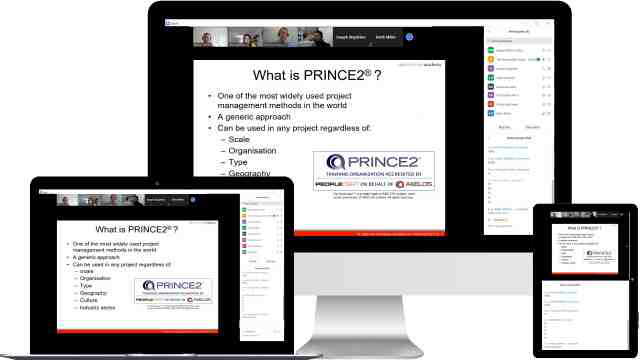
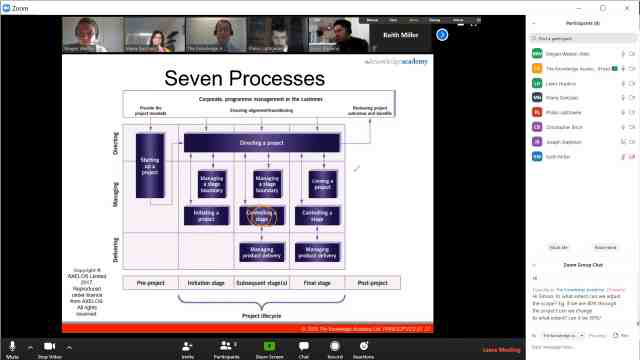
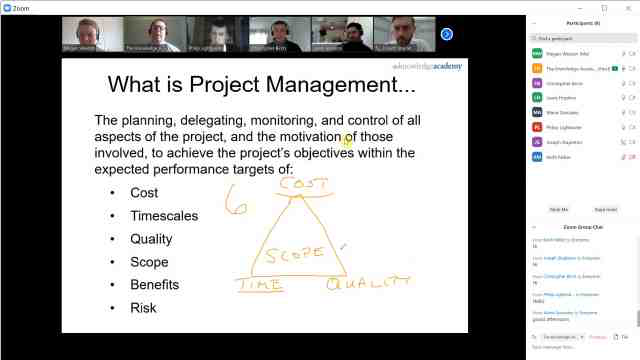
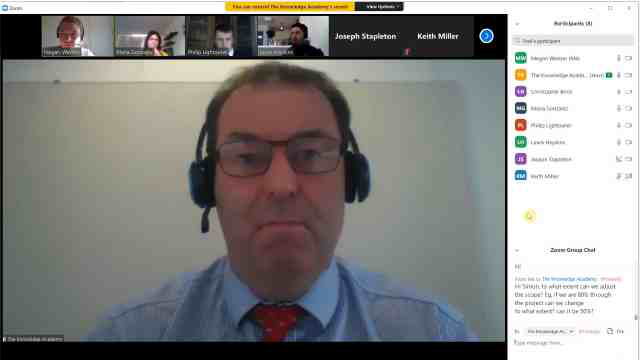
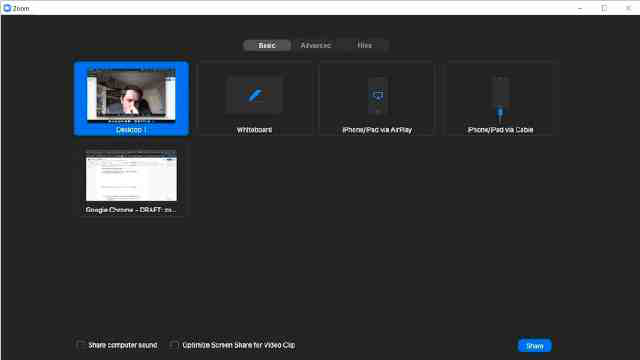
Unlock your potential with The Knowledge Academy's Microsoft Power Platform Developer PL400, accessible anytime, anywhere on any device. Enjoy 90 days of online course access, extendable upon request, and benefit from the support of our expert trainers. Elevate your skills at your own pace with our Online Self-paced sessions.
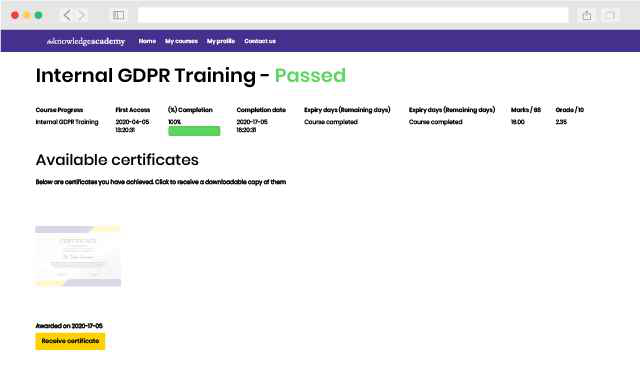
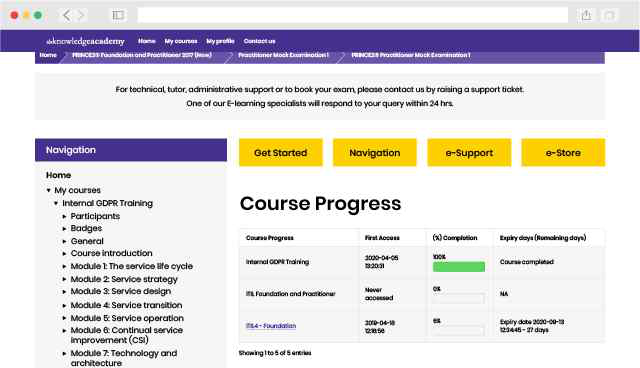
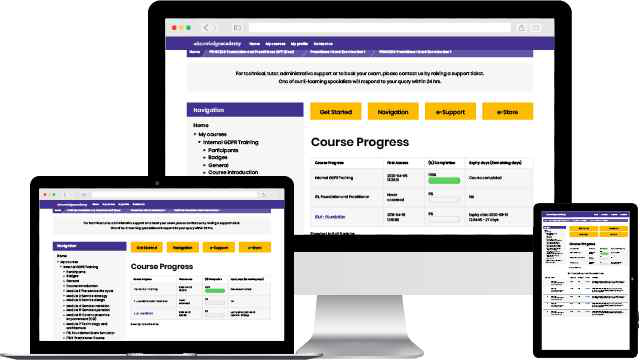
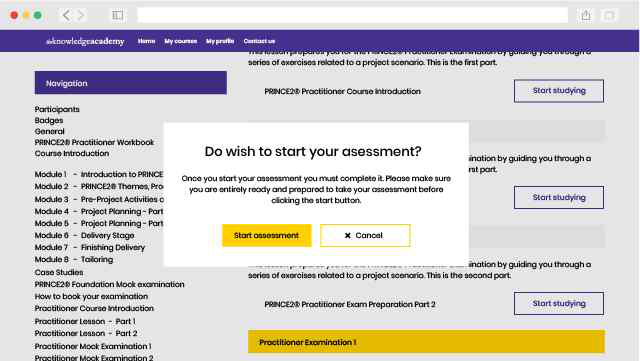
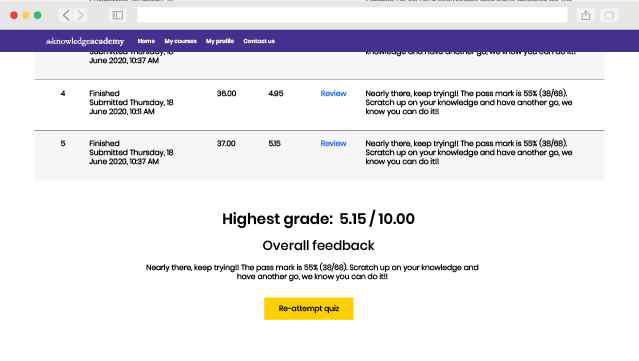
very good in explanation
She was superb !
Great pace and explanations with lots of extra info and links to current information and guidance

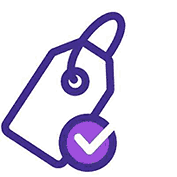
You won't find better value in the marketplace. If you do find a lower price, we will beat it.

Microsoft Dynamics 365 Training

Flexible delivery methods are available depending on your learning style.

Resources are included for a comprehensive learning experience.




"Really good course and well organised. Trainer was great with a sense of humour - his experience allowed a free flowing course, structured to help you gain as much information & relevant experience whilst helping prepare you for the exam"
Joshua Davies, Thames Water



 Back to course information
Back to course information
We may not have any package deals available including this course. If you enquire or give us a call on +1 6474932992 and speak to our training experts, we should be able to help you with your requirements.
 If you miss out, enquire to get yourself on the waiting list for the next day!
If you miss out, enquire to get yourself on the waiting list for the next day!

close


Press esc to close

close
Fill out your contact details below and our training experts will be in touch.



Back to Course Information